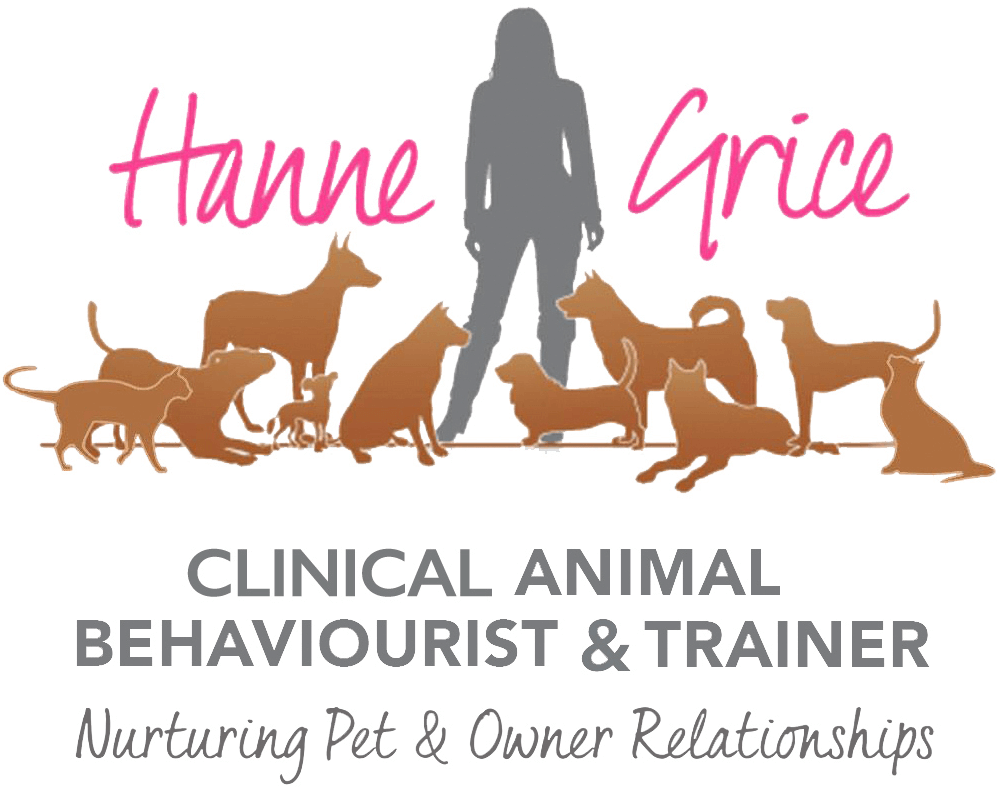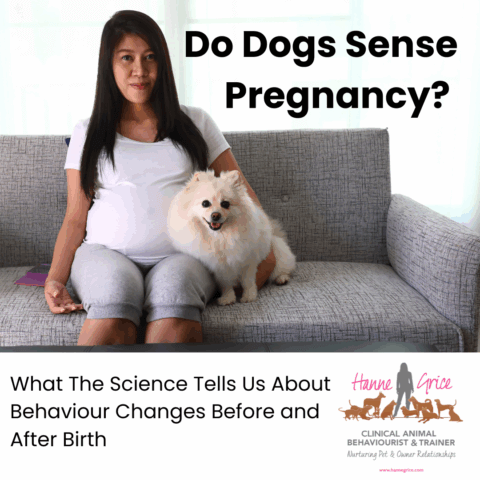
A new peer-reviewed study published in Anthrozoös by Wilson et al. (2025) explored how dogs behave when their guardians become pregnant. Nearly two-thirds of participants noticed a change in their dog’s behaviour during pregnancy, and over a quarter believed changes began before they themselves realised they were pregnant. The researchers surveyed 130 owners, analysing reported behaviours before and during pregnancy across five categories, and applied subscales from the Monash Dog Owner Relationship Scale (MDORS) to assess interaction and emotional closeness.
The Monash Dog Owner Relationship Scale (MDORS) is a validated tool developed by researchers at Monash University to measure the quality of the human–dog bond. It assesses three dimensions: Owner-Dog Interaction (how owners engage with their dogs day to day), Perceived Emotional Closeness (the strength of attachment), and Perceived Costs (the effort, time, or restrictions involved in dog ownership). It is widely used in behavioural and welfare research to help quantify attachment and understand how life events affect the relationship between dogs and people.
The study found significant increases in attention-seeking, guarding around familiar and unfamiliar people, and fear or anxiety directed towards other dogs. Fear or anxiety directed at the owner showed no significant change. Interestingly, dogs that were already more likely to guard against unfamiliar people before pregnancy were also the ones most likely to show behaviour changes later, suggesting a degree of individual predisposition.
These results complement my own 2018 study, which examined how dog-owner relationships shift once a baby arrives. In that research, involving 342 participants, expectant parents spent more time interacting with their dogs and reported stronger attachment than parents of children under five (Grice, 2018). After birth, owners often felt torn between caregiving responsibilities, reporting reduced time for walks and play and increased guilt about neglecting their dogs’ emotional needs. Commonly reported changes included licking or nuzzling the infant and heightened protectiveness. Most families sought advice from non-professional online sources rather than qualified behaviourists or trainers (Grice, 2018).
These findings also mirror the patterns I discussed in my Veterinary Practice article, where I emphasised how early planning and professional guidance can help veterinary teams support expectant families through this transition (Grice, 2023).

So, why might these changes in dog behaviour occur during pregnancy?
Dogs are sensitive to subtle physiological and behavioural changes in humans, including scent, posture, sleep, and routine. Pregnancy alters all of these. It is plausible that dogs detect hormonal or olfactory shifts and adjust their proximity-seeking, vigilance, or affiliative behaviours in response. Wilson et al. (2025) found the clearest pattern in increased attention-seeking and guarding, which aligns with owner anecdotes and previous attachment-based theories of dog behaviour.
Once the baby arrives, the household dynamic changes again. My earlier research showed that owners’ available time for enrichment and structured interaction drops significantly, which can affect the dog’s welfare and reinforce problem behaviours if left unmanaged (Grice, 2018; Grice, 2023). The emotional bond often remains strong, although practical time pressures and fatigue can create friction and miscommunication between human and canine family members.
This latest study represents the first structured exploration of changes in dog behaviour during human pregnancy, using within-subject comparisons. Its use of validated MDORS subscales strengthens its reliability. However, as with all studies, it has its limitations. The design was cross-sectional and retrospective, making it vulnerable to recall bias. The sample was self-selected and predominantly female, which limits generalisability. Behavioural data also relied on owner observation rather than direct coding or physiological measurement.
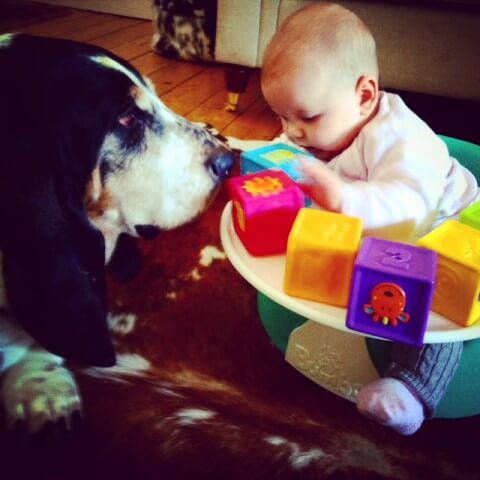
One question about attention-seeking was accidentally omitted from the pregnancy section of the survey. To allow comparison, the researchers adjusted the remaining responses into proportions. This meant the results could still be analysed, but the data were slightly less precise than if all questions had been included.
Despite these limits, Wilson et al.’s (2025) findings provide valuable groundwork for future longitudinal research that combines behavioural observation with biomarker or scent analyses across each trimester and into the post-partum period. My 2018 study shared similar constraints, using self-reported data and adapted MDORS scoring, yet both studies converge on a clear pattern: behavioural change during pregnancy and relational adjustment after birth (Wilson et al., 2025; Grice, 2018).
What these findings mean for families
Understanding how pregnancy and the arrival of a baby can alter a dog’s behaviour is essential because it has real implications for welfare, safety, and the human-animal bond. The research highlights that these shifts are both common and predictable, which means they can be prepared for and managed proactively.
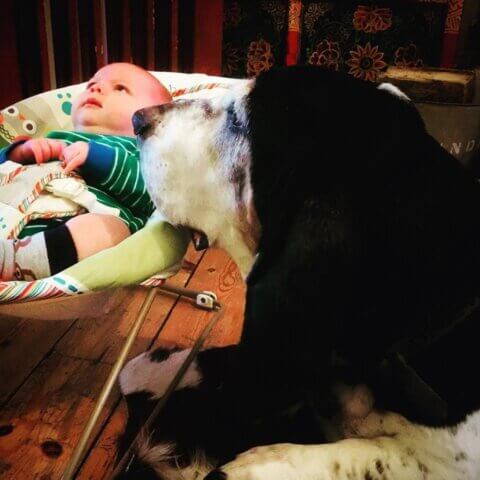
- Expect change. Dogs often show more attention-seeking and protective behaviours during pregnancy. Practice calm, predictable routines that reward relaxed behaviour (e.g., mat training and stationing). Capture and reward any moments of brilliance your dog shows unprompted, such as staying calm when someone walks past the home or a dog appears on the other side of the road. This increases the likelihood that these calm behaviours will be repeated. Ensure your dog has access to safe, comfortable resting spots where they can choose to be near or away from household activity.
- Preserve enrichment. Once the baby arrives, walks and play often fall by the wayside. Plan early for manageable family walks, short scent-work games, and independent enrichment such as filled chew toys, safe chewables, plus lick-and-snuffle mats. Build a support system for times when you may not be able to take your dog out or give them your full attention. Consider engaging a dog walker, day care, friends, family, or neighbours to help. This maintains mental stimulation and supports calmness during the household’s transition.
- Seek credible support. Many families turn to online advice or social media groups, which can be inconsistent or outdated. Contacting accredited professionals, such as those listed on the Animal Behaviour and Training Council (ABTC) register, ensures advice is humane, evidence-based, and tailored to each family’s needs (Grice, 2023). If you need help in prepping your dog ahead of your baby’s arrival, then do get in touch.
Key takeaway
Being aware that this can happen, preparing for it, and providing structured training and behaviour support before major life changes, such as welcoming a new baby, can ease the transition for both humans and dogs. To learn more, see my baby-proofing tips.
References
- Grice, H. (2018) Does having a baby alter the owner–dog relationship? Unpublished MSc research project, University Centre Bishop Burton.
- Grice, H. (2023) ‘Understanding the dog–owner relationship pre- and post-partum: how can veterinary staff help when family dynamics change?’, Veterinary Practice, 17 July. Available at: https://www.veterinary-practice.com/article/understanding-the-dog-owner-relationship-pre-and-post-partum
- Wilson, S., Milne, O., Jacques, S. and Reeve, C. (2025) ‘Dog owners’ perceptions of their pet dogs’ behavior when owners became pregnant’, Anthrozoös, 38(4), pp. 743–761. https://doi.org/10.1080/08927936.2025.2502241
Learn more about our classes
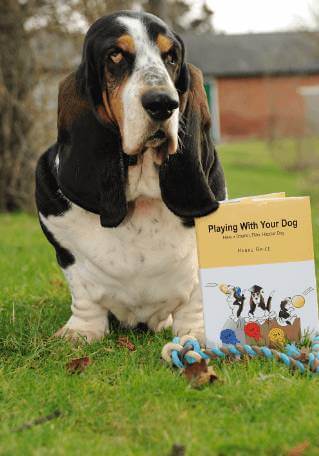
Get Hanne's book, clothing and more
Hanne has a number of publications including her book Playing With Your Dog to help owners work out the games that are best suited for their pet to play throughout his life, from puppyhood to old age, available from Amazon. Check out Hanne's range of contemporary casuals The Collection – for pet lovers made from recyclable, organic materials that are sustainably sourced.

